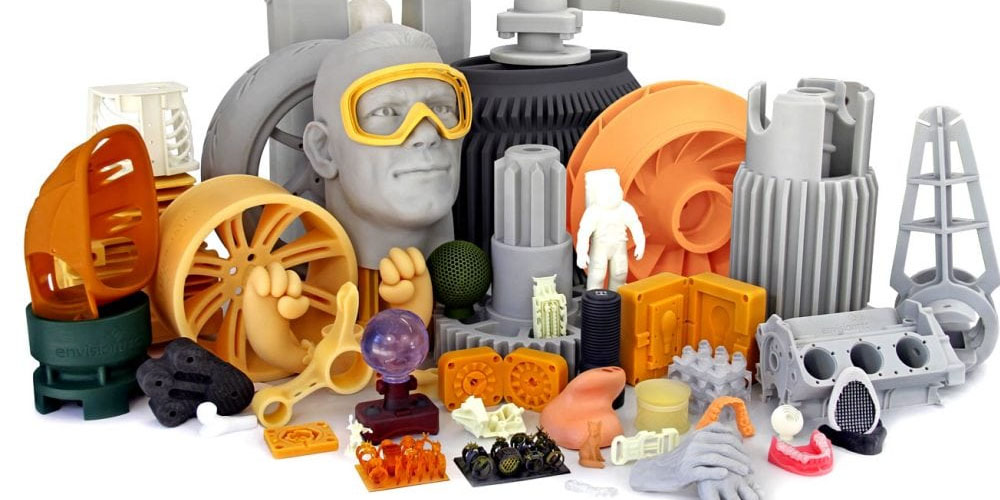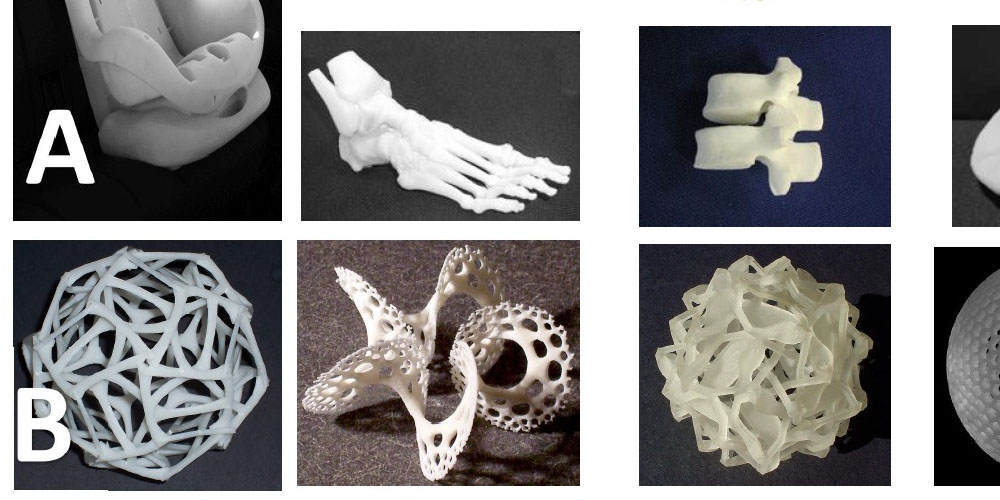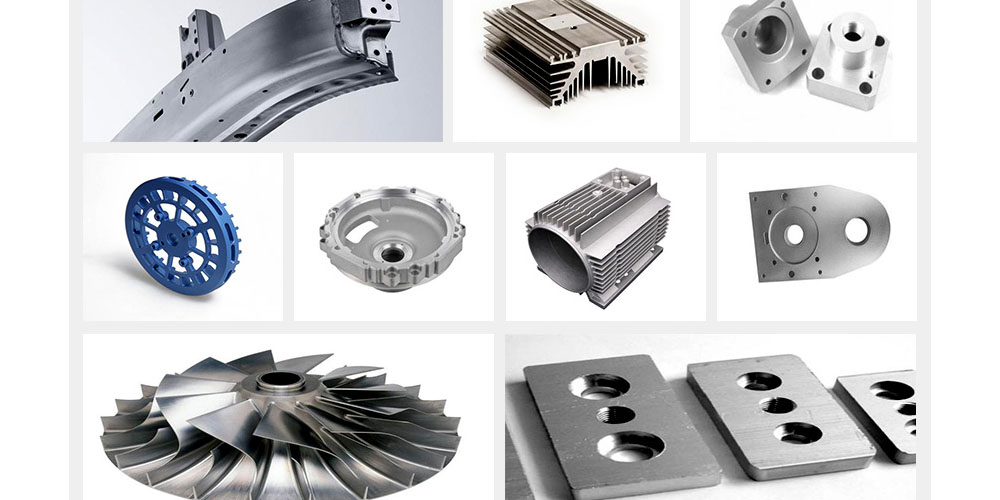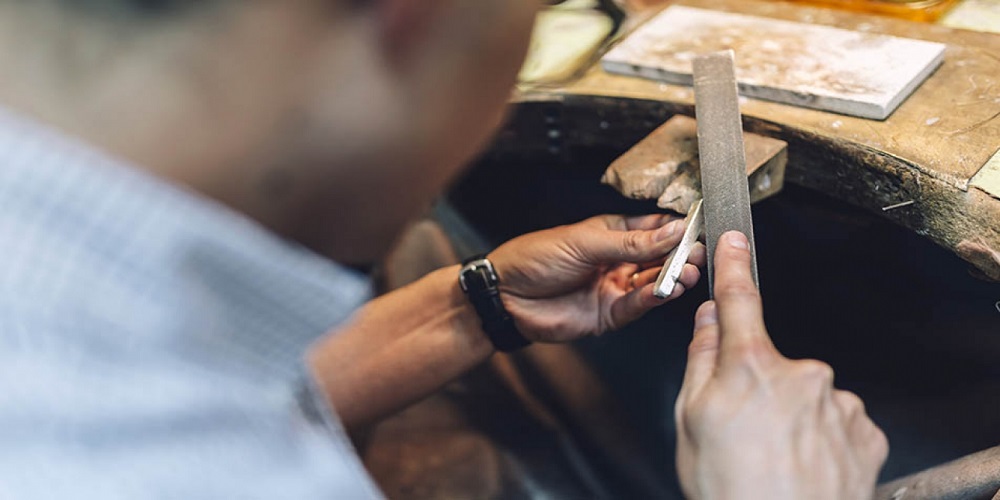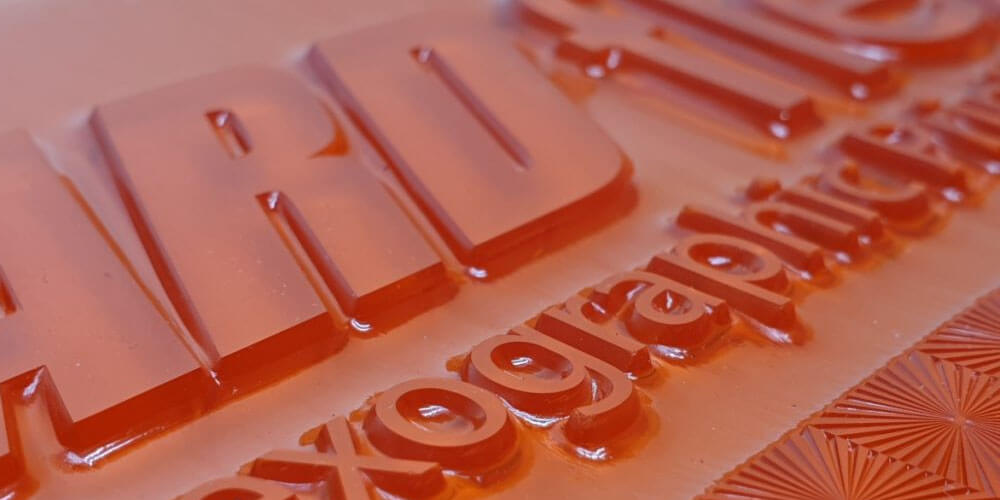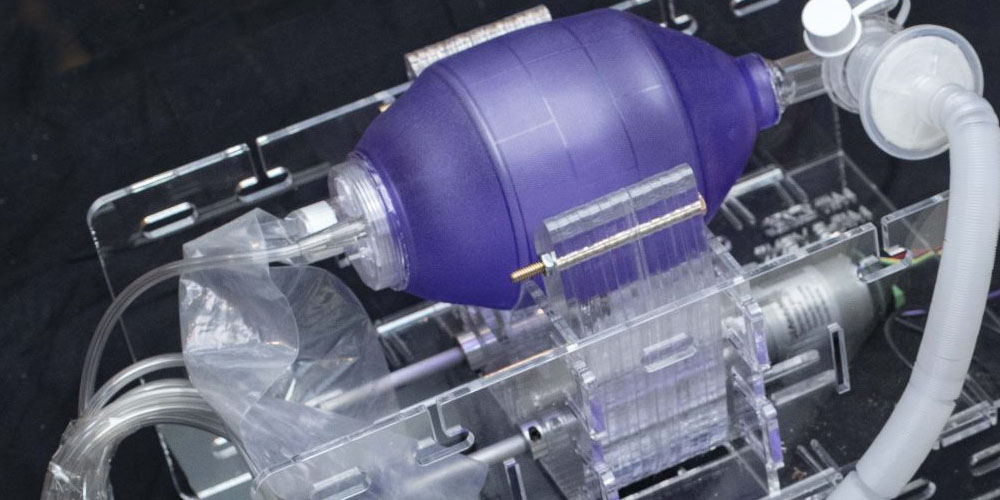The market features a wide range of 3D printer manufacturers. JGMakers is one of the leading manufacturers in this category. The company is known for manufacturing a wide range of 3D printers, printing materials, and accessories. Click here to read more about JG Makers and what they have to offer. This post looks into 3D printed product qualities and elements that impact them.
Factors affecting the quality of 3D printed parts
3D printed parts are known for their high quality. 3D printed parts are usually highly precise, strong, highly durable, and come in varying shapes and complexities. However, the quality can be affected by the following elements:
1. Printing material
The material used in 3D printing is known as filament. The market features a wide range of filament types. The filament can be made from various types of plastic, metal, and sand. Each type of filament features different qualities, advantages, and shortcomings. Naturally, the higher the quality of the filament, the higher the quality of the printed products. For instance, products made from strong printing materials turn out highly solid and durable. On the other hand, products made from inferior printing materials or filaments tend to feature inferior quality. For this reason, one of the primary factors that affect the quality of 3D printed products is the printing material.
2. Type of 3D printer
The market features a wide range of 3D printer types. Some of the most popular ones are FDM, SLA, SLS, and SLM 3D printers. Each of these printers uses varying 3D printing technologies. They all work differently, and they have their shortcomings and advantages. Some types of 3D printers produce better quality 3D printed products than the rest. This is because of how the 3D printers work, their components, and the type of printing materials they accept. Simple elements like the thickness of the layers extruded by the printer can influence the quality of the surface. Therefore, the type of printer used for the printing process will significantly influence the quality of the 3D printed products.
3. The quality of the CAD model
The CAD model is also known as the blueprint. It is usually created in the first step of 3D printing then translated and fed to the printer. The CAD model is made from the original product design made by the creator, inventors, or manufacturer. Note that the entire 3D printing process is usually automatic. This means that it does not require human input. The only part of the process is that requires some human input is making the CAD model. However, a type of software is also applied. Therefore, if there are any issues with the CAD model, they will show in the final product. This is why the CAD model will affect the quality of the 3D printed product.
Conclusion
In addition to the features above, the way the 3D printing process is conducted will affect the quality of the products. This is the reason why companies hire 3D printing companies to take care of their manufacturing needs. Regardless, 3D printed parts are very reputable because of their quality. They are strong and can last for a long time.
